Content Creator: TechQuickie

Do you really need to pair your headphones with an amplifier and DAC (Digital-to-Analog Converter)? How do you choose one?

After hours, or even days of painful research, you finally decide to buy a good pair of headphones to replace the cheap earbuds that came with your device. Congratulations! But unfortunately, this isn’t just about buying headphones and plugging them in. Good headphones usually require more “power” to function properly because they have high impedance. Impedance is a measure of how much a device resists the flow of current. Headphones with high impedance can improve sound quality, but they also need an amplifier to drive them appropriately.
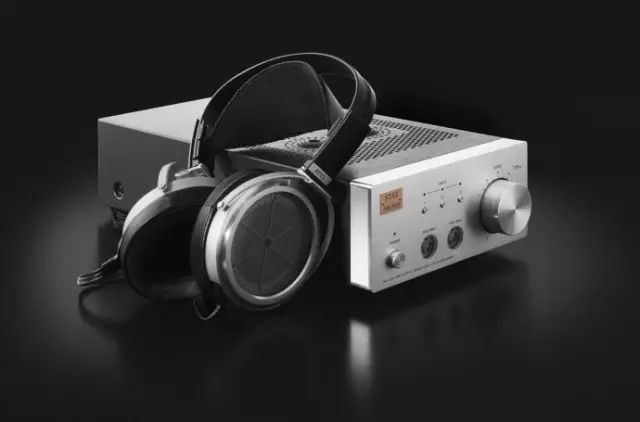
If your headphones do not receive enough power, not only will the sound be quiet, but different audio frequencies will also not sound good. This means you spent a lot of money on good headphones, but they sound almost worthless. So how do you know if your headphones need an amplifier? Generally, many cheap headphones or those designed specifically for mobile devices like smartphones have lower impedance, usually less than or equal to 35 ohms. Such low impedance makes an amplifier unnecessary. However, if the impedance of the headphones is 50 ohms or higher, an amplifier will be beneficial.
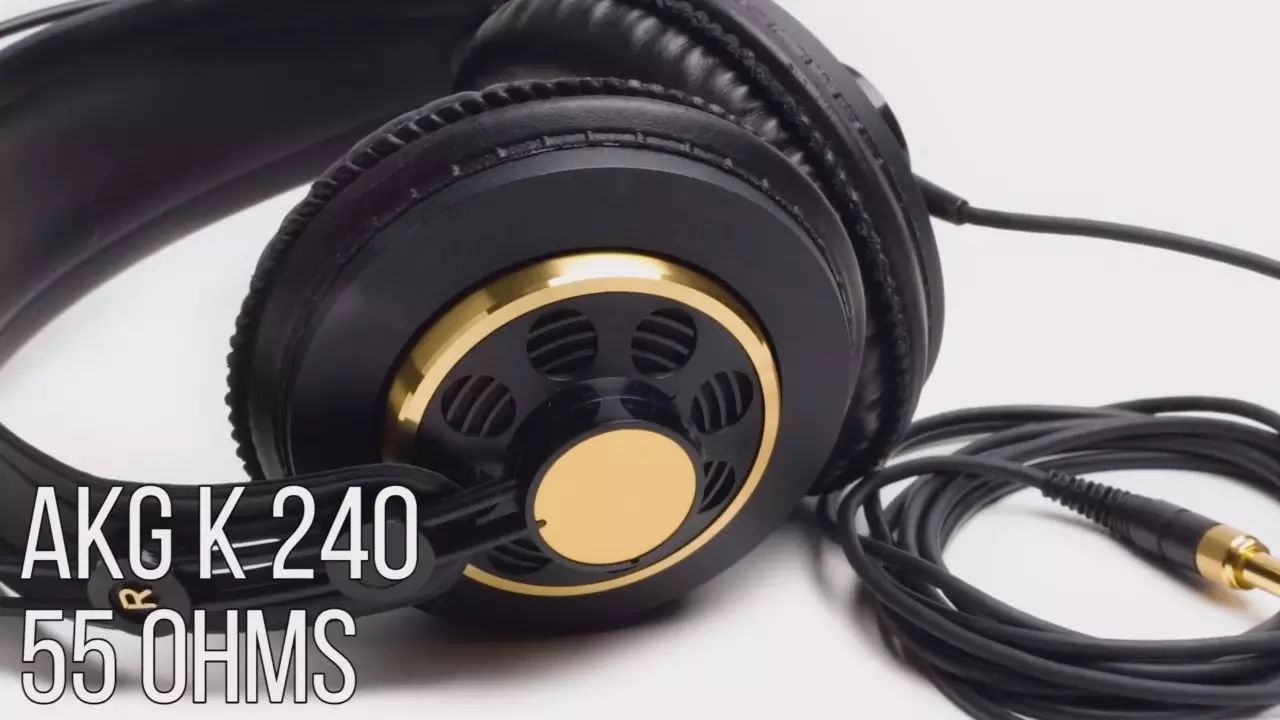
And when your headphones have an impedance greater than 100 ohms? An amplifier becomes essential. If you want to know the impedance of your headphones, it is usually indicated on the packaging or specifications. When you need an amplifier, how do you choose one? Besides the usual methods, such as checking reviews and the manufacturer’s reputation, it is best to check the headphone impedance along with its sensitivity, which measures the decibel output per milliwatt or millivolt.
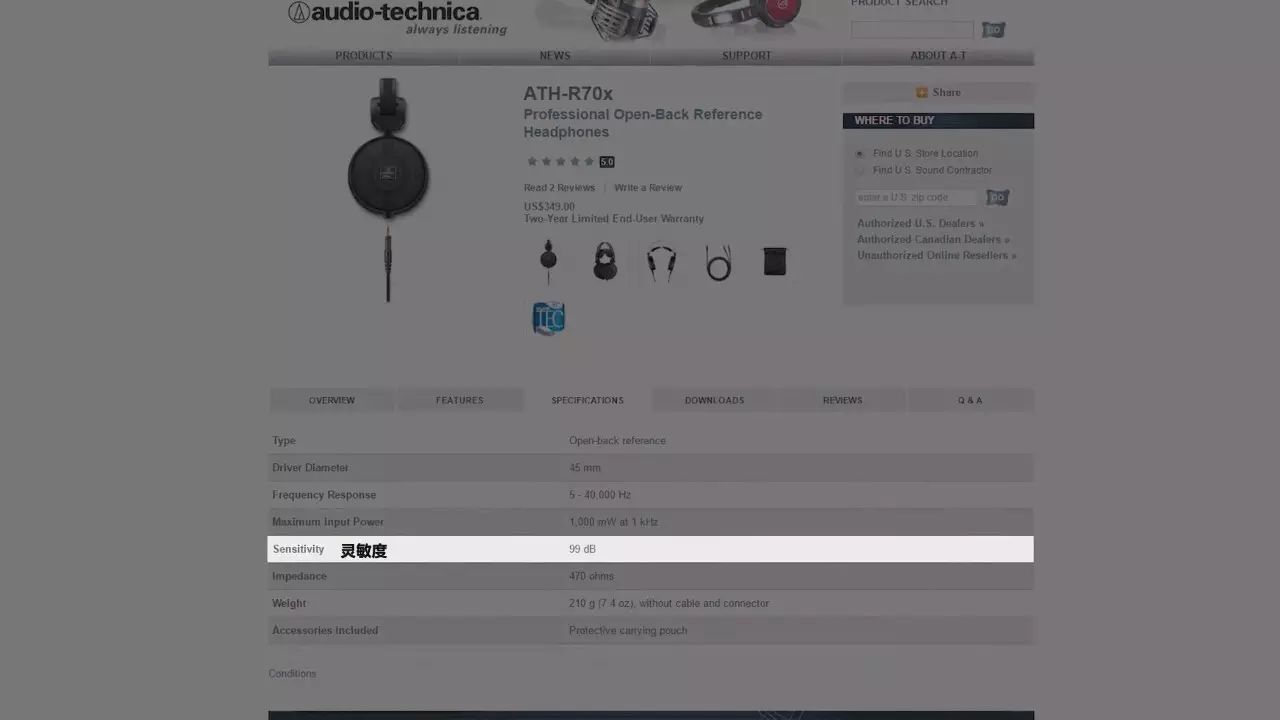
For some popular models, if you cannot find the sensitivity in the headphone specifications, you can generally find it online. Once you have it, you can input the impedance value into various online headphone power calculators. After that, you will know how many milliwatts are needed to achieve a certain volume (usually around 110 decibels), and an additional 10 decibels will cause discomfort.
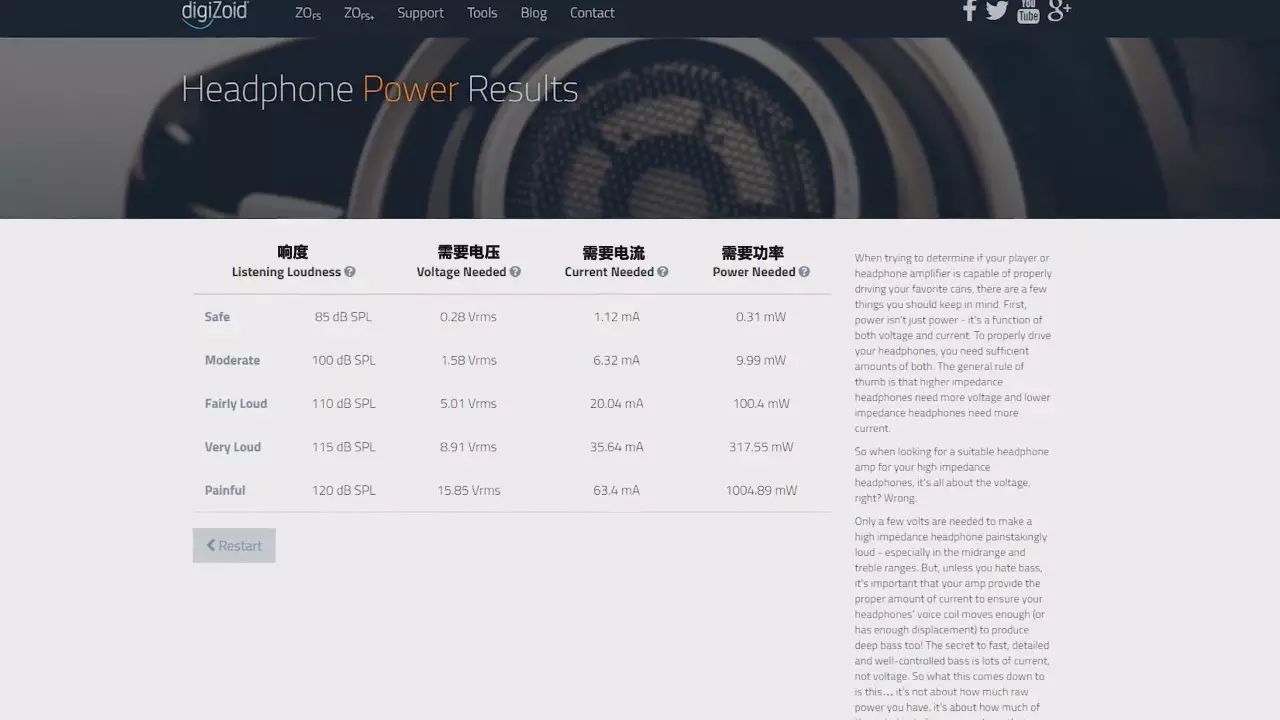
After obtaining this value, simply check if the amplifier you want can reach that value. This value will be indicated on the amplifier as “how many milliwatts it can output for a certain impedance of headphones,” ensuring that its output matches your headphone impedance. Many amplifier specifications will state, “This model outputs 40 milliwatts for 300 ohms,” helping you understand how much power it can provide.
“Over-specifying” is also a good choice because many headphones’ impedance can change with the frequency of the sound being played, so choosing an amplifier slightly above the calculated power is also a good idea.
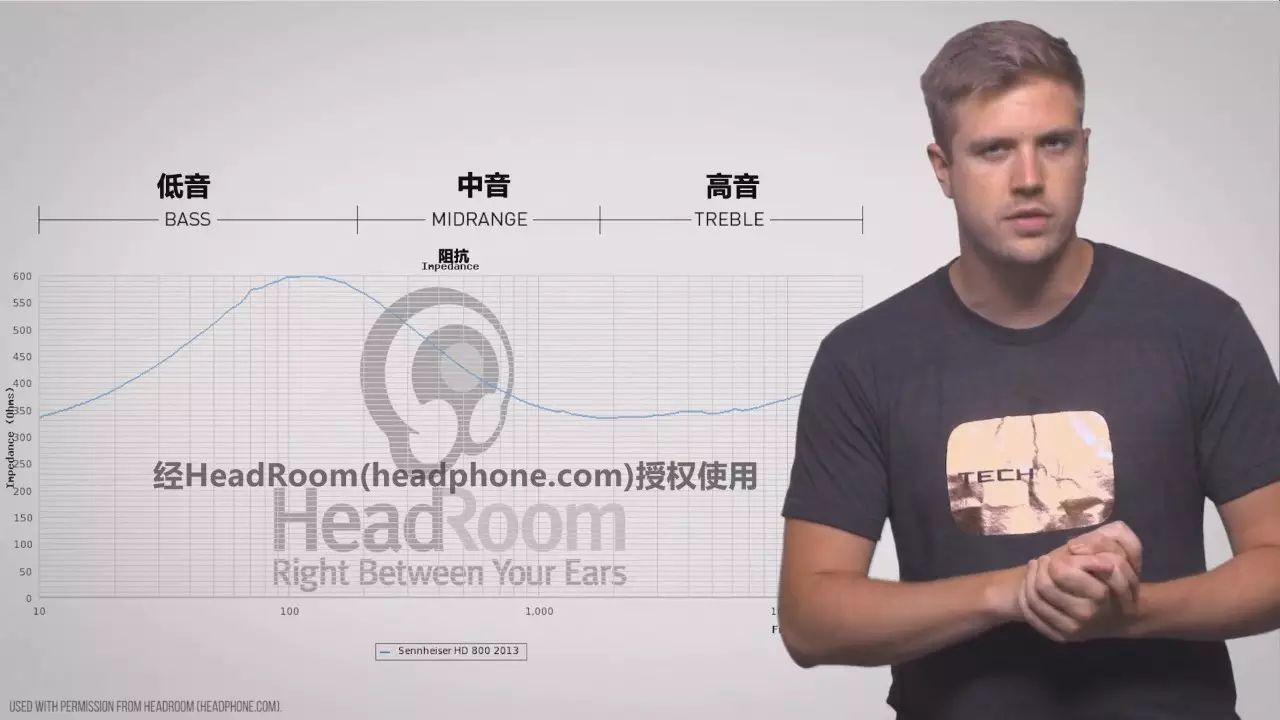
For example, it is well-known that Sennheiser has many popular headphones whose impedance can sharply increase at certain low frequencies. Additionally, you can find many impedance graphs for headphones online, compare them with the values marked on the box, and choose a suitable amplifier based on these.
One last major parameter to pay attention to is the output impedance of the amplifier, which is separate from the impedance value of your headphones. A good rule of thumb is that “the output impedance of your amplifier should be at least 8 times lower than your headphone impedance.” So if you have headphones with an impedance of 200 ohms, your output impedance should not exceed 25 ohms.

Alright, I understand that a proper amplifier is extremely important. What about the DAC? Isn’t that mentioned in the title? Stop dragging it out! Indeed, a Digital-to-Analog Converter can be quite useful in certain situations. A DAC can convert the digital signals from your computer, whether they are MP3 or FLAC files, into analog signals, which your headphones can then turn into sound.
Your computer has a built-in DAC, allowing you to plug in headphones and speakers. However, some low-quality DACs can pick up electrical noise from your computer, causing your headphones or speakers to produce various “hissing, popping, and other noises.”
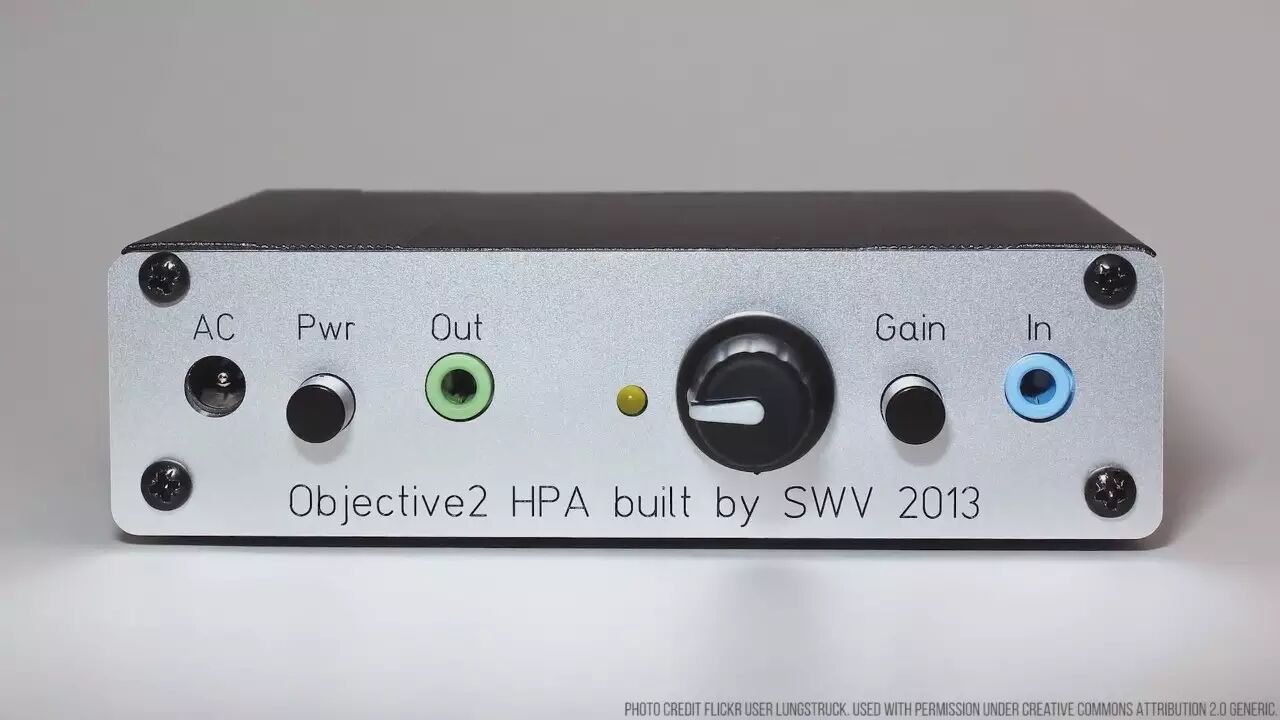
So if you are experiencing these symptoms or if the overall sound seems strange, an external DAC, which is outside the noisy electrical environment of your computer, can be very helpful. But if you do not have these symptoms, an external DAC is generally unnecessary, especially as the audio converters on motherboards have improved significantly in recent years.
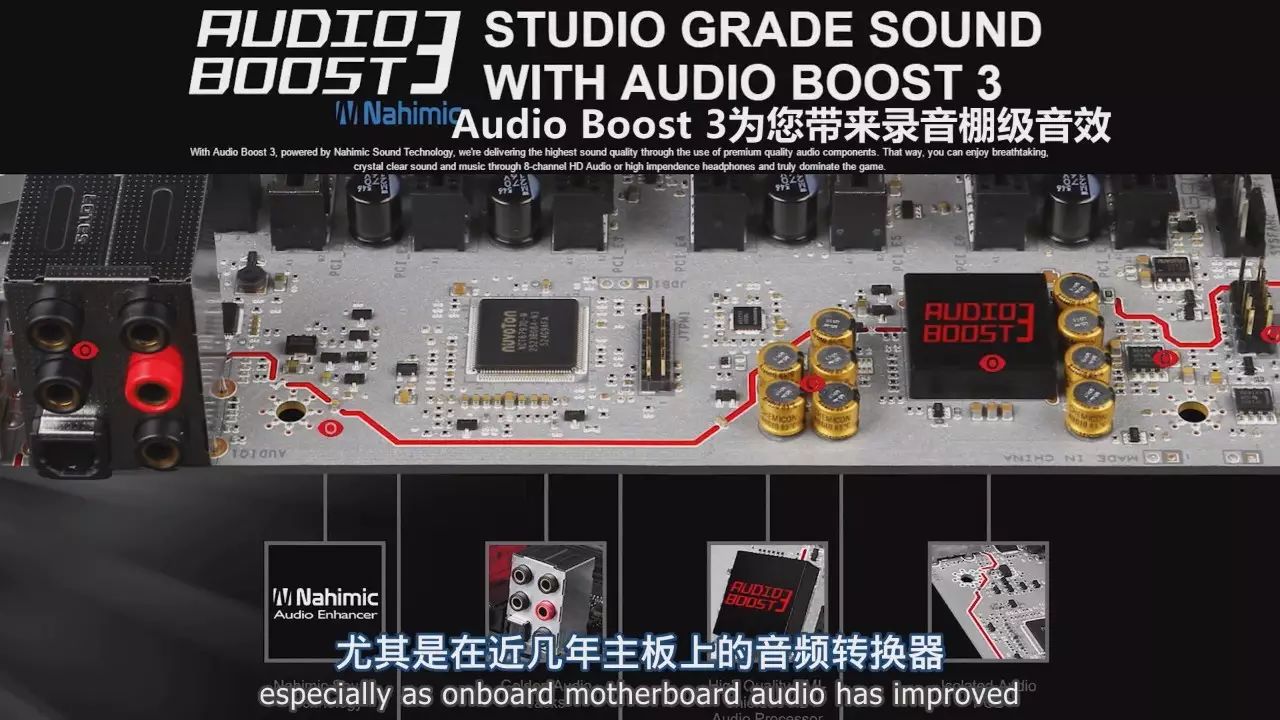
However, some audiophiles claim that a good DAC can open up the soundstage of high-end headphones, especially those that are open-back. So if you really want to experience “high-end, high-fidelity” sound, it is worth considering. Although these may sound like complex mathematical problems, they can ensure that you ultimately achieve the transcendent auditory experience you have always desired.

Click “Read Original” to watch more exciting videos.